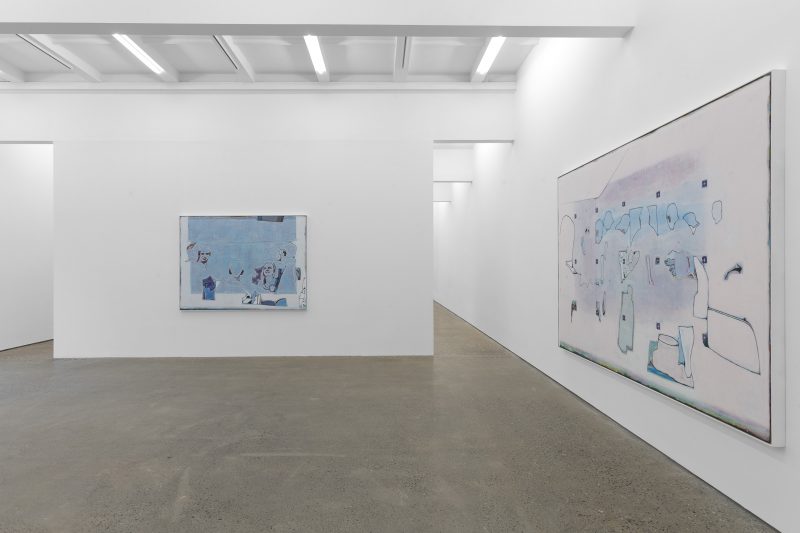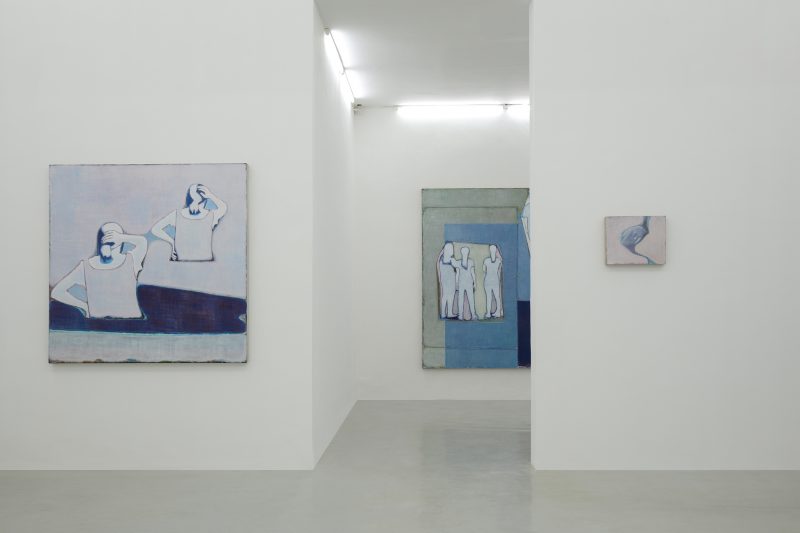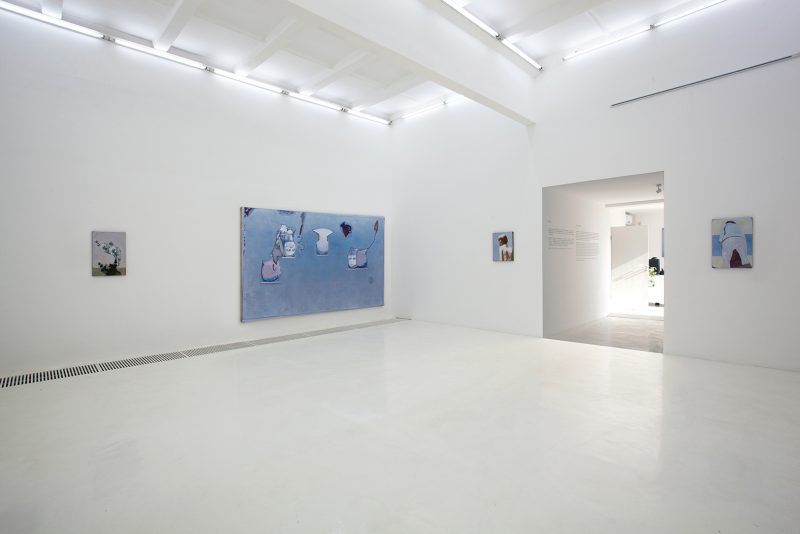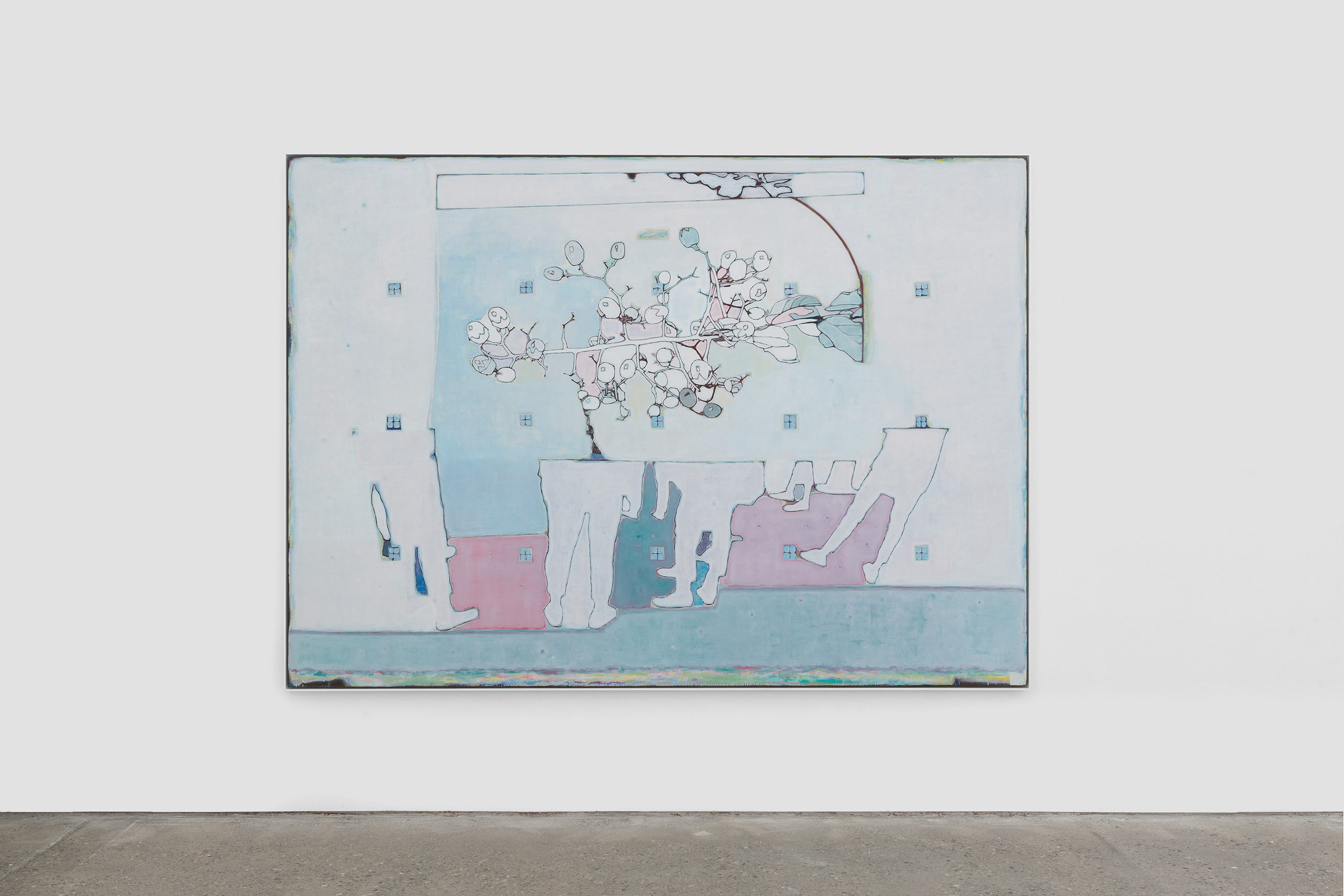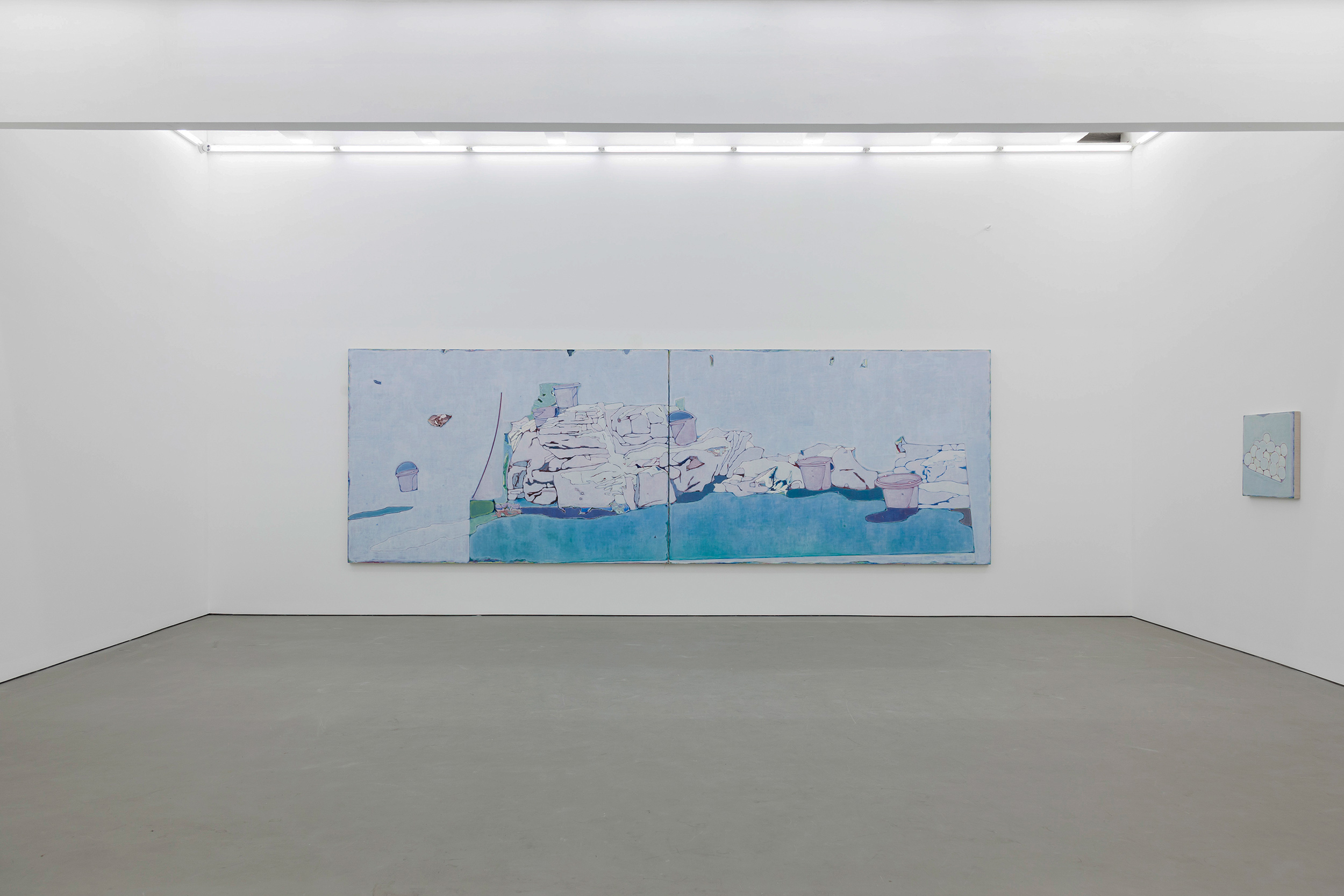This post is also available in:
 简体中文 (Chinese (Simplified))
简体中文 (Chinese (Simplified))  English
English
Tang Yongxiang (b. 1977, Hubei Province) currently lives and works in Beijing. Using real life images as the entrance to painting, Tang works with the changing relationships between forms and between colors that are both constantly developed during the painting process. The images are mostly snapshots taken by the artist himself and often lack strong significations. Rather than arbitrarily manipulate the existing relationships embedded in the images, Tang prefers to engage in a restrained and persistent struggle with the images while relying on the given structures, leaving the surface with traces of the artist’s countless hesitations, decisions, and thoughts. In his painting process, contingencies and uncertainties would be the kinks in constructing new relationships.
In Tang Yongxiang’s paintings, the images are sourced from photos of everyday life that are not elaborate, to move slowly from the undesigned image to the painting. After painting a realistic depiction of the scene, Tang Yongxiang then began the enduring coverage process – a key aspect of his work. This mechanism, which resembles memory, involves repeated forgetting and remembering, leading to the emergence of new details. As layers of paint are applied, the object information gradually gives way to abstract blocks of color and lines, generating new positive and negative spaces that break the existing image structure.
As Tang Yongxiang goes back and forth between the image and the painting, his gaze re-recognizes what is being painted, leaving traces of hesitation while waiting for new possibilities to emerge. The result is a layer of skin that wraps around time, with everything visible faintly underneath.
Tang Yongxiang’s solo exhibitions include: Color, Lévy Gorvy Dayan & Wei, Hong Kong (2023); Art Basel, Hong Kong (2022); Tang Yongxiang: Hei Qiao – Genealogy Study of Artists Project, SSSSTART Research Centre, Shanghai (2021); Shape, Magician Space, Beijing (2020); Tang Yongxiang, Magician Space, Beijing (2017); Tang Yongxiang, Magician Space, Beijing (2015); West Bund Art & Design, Shanghai (2015); Tang Yongxiang, Magician Space, Beijing (2014); Hemuse Gallery, Beijing (2012).
Selected group exhibitions include: New Artistic Styles of Contemporary Painting, National Museum of Art, Beijing, China (2024); 13+1 — Genealogy Study of Artists Retrospective Exhibition Season One, Start Museum, Shanghai (2023); To the Public: Please Read the Exhibition the Way One Perceives the Woods (Part 1&2), Magician Space, Beijing(2022, 2023); A Place for Concealment, Galerie Urs Meile, Beijing (2022); Eternal Seasons, Lévy Gorvy, Hong Kong (2022); Brushwork and True Feeling, Tang Contemporary Art, Bangkok (2018); Boundless Realities, Multiple Nows – Contemporary Art from Hubei as a Sample, Wanlin Art Museum, Wuhan (2017); Post Wave: Temperament and Avant-garde, The Barn Contemporary Art Space, Shenzhen (2017); Dissensus Agitation – The Painting to Language, Today Art Museum, Beijing (2016); Lehmann Maupin, Hong Kong (2015); Inside – Outside, Klein Sun Gallery, New York (2014); XXX – Next 10 Years of Contemporary Art, Today Art Museum, Beijing (2011).
News
Tang Yongxiang’s solo exhibition “Color” at Lévy Gorvy Dayan & Wei
News
Tang Yongxiang in group exhibition “Dissensus Agitation – The Painting to Language” at Today Art Museum
News
